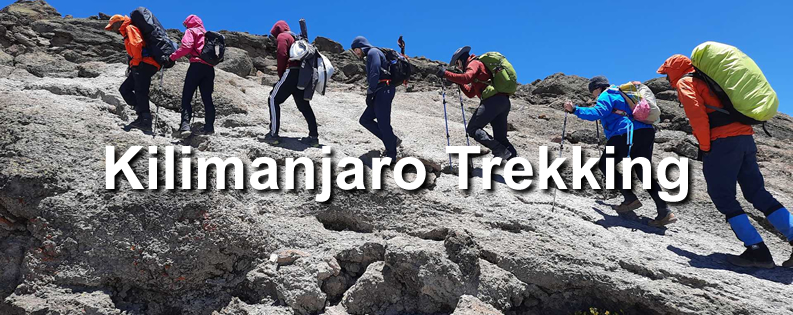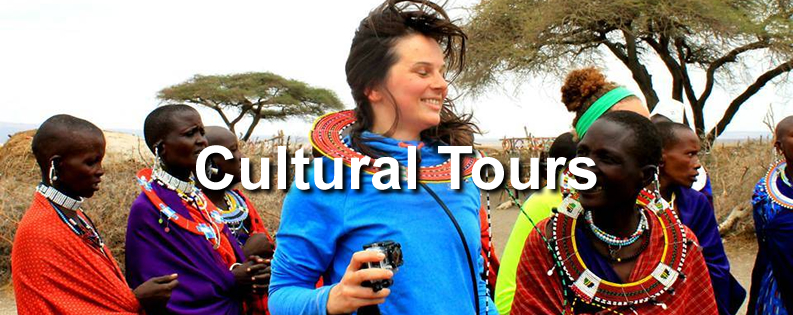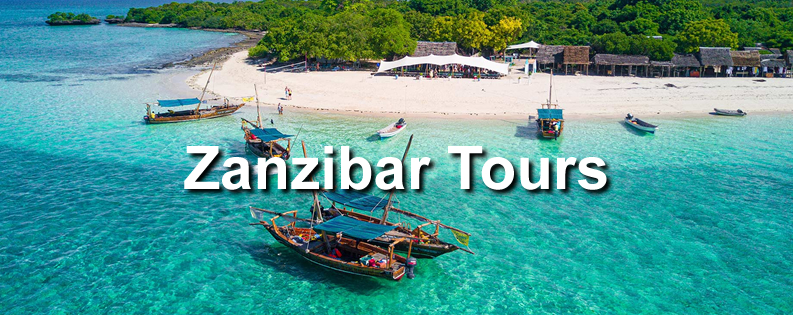Hydration Tips for Your Kilimanjaro Climb: Conquer the Roof of Africa!
Introduction: The Vital Importance of Staying Hydrated
Climbing Mount Kilimanjaro, the majestic “Roof of Africa,” is a dream for many adventurers worldwide. This beautiful trek not only tests your physical limits but also offers breathtaking views, unique wildlife, and an unforgettable experience. However, one of the most critical aspects of a successful summit is often overlooked: hydration. Proper hydration can be the difference between a triumphant summit and a challenging setback. In this guide, we’ll explore vital hydration tips to keep you feeling fresh and ready as you conquer Kilimanjaro.
Why Hydration Matters on Kilimanjaro
As you ascend Kilimanjaro, the altitude increases, and the air becomes thinner, which means your body works harder. This can lead to an increased rate of dehydration. Symptoms such as headaches, fatigue, and dizziness can severely impact your ability to climb. Drinking enough fluids is crucial for maintaining energy levels, ensuring optimal performance, and reducing the risk of altitude sickness. So let’s dive into some essential hydration tips!
1. Start Hydrating Before Your Climb
Pre-Climb Preparation
The journey to the summit begins long before you set foot on the mountain. It’s crucial to start hydrating at least a week before your climb. Aim for at least 2-3 liters of water daily, increasing your intake as your climb date approaches. Include hydrating foods like fruits and vegetables in your diet, as they can significantly contribute to your overall hydration.
2. Know Your Hydration Needs on the Trail
How Much Water Should You Drink?
As you trek up Kilimanjaro, aim to drink between 3 to 4 liters of water daily. However, every climber’s needs are different, based on factors like body size, activity level, and weather conditions. A simple way to check if you’re well-hydrated is to monitor the color of your urine: pale yellow indicates proper hydration, while dark yellow means it’s time to drink more.
3. Choose the Right Water Source
Purification Matters
While hiking Kilimanjaro, you’ll encounter various water sources. It’s essential to ensure you’re drinking safe, purified water. Consider carrying a water purification system or tablets as a backup. Authentic Vacations Adventures, a prominent tour operator in Arusha, provides high-quality bottled water throughout your trek, ensuring you have access to safe hydration.
4. Electrolytes: The Unsung Heroes
Stay Energized
As you sweat, you lose not only water but also essential electrolytes like sodium and potassium. To replenish these, consider adding electrolyte tablets or drinks to your hydration routine. This will help combat fatigue and keep your energy levels high, especially on summit day when every ounce of energy counts!
5. Hydration Packs vs. Bottles: What’s Best for You?
The Great Debate
Many climbers wonder whether to use hydration packs or traditional water bottles. Hydration packs are convenient for sipping while on the move, but bottles can be easier to refill and manage. Choose what feels best for you. Just remember to keep your water easily accessible!
6. Listen to Your Body
Stay Attuned to Your Needs
Everyone’s body reacts differently to altitude and exertion. Pay attention to signs of dehydration, such as increased thirst, dry mouth, or fatigue. Don’t wait until you feel thirsty; make drinking water a regular part of your routine. If you notice any symptoms of altitude sickness, like nausea or headaches, increase your fluid intake immediately.
Conclusion: Your Adventure Awaits!
Hydration is a fundamental aspect of climbing Kilimanjaro. By following these tips, you’ll ensure that you remain energized, focused, and ready to take on this incredible adventure. Remember, every sip counts when you’re reaching for the skies!
Ready to embark on the adventure of a lifetime? Book your Tours and Safaris with Authentic Vacations Adventures today, and let us help you experience the beauty of Kilimanjaro with expert guidance, support, and unforgettable memories. Don’t wait—your Kilimanjaro journey starts now!
Further Reading
For more tips on preparing for your Kilimanjaro climb, check out our other blog posts on gear essentials, trekking routes, and altitude acclimatization. Stay informed, stay inspired, and let’s make your dream trek a reality!









